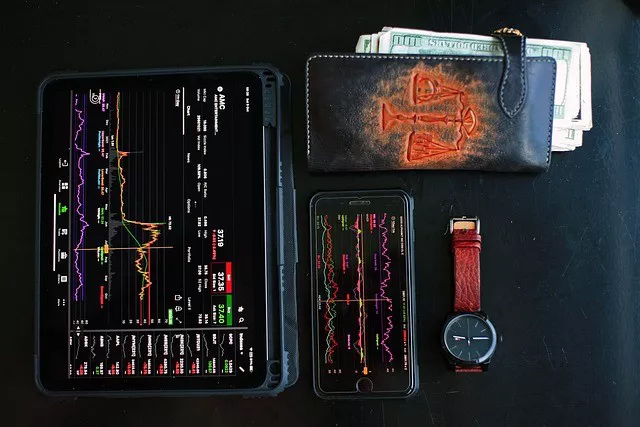Silver, a precious metal with a rich history spanning millennia, continues to captivate investors and collectors alike. Its value per gram is subject to various factors, including economic conditions, industrial demand, and geopolitical developments. This article delves into the factors influencing the price of silver per gram and explores its diverse applications, from investment to industrial usage. By understanding the intricacies of silver’s value, stakeholders can make informed decisions in a dynamic market.
Silver, one of the oldest known precious metals, has been treasured for its beauty, durability, and versatility throughout history. This article aims to shed light on the dynamics of silver’s value per gram, discussing the reasons behind its fluctuating price and exploring the various factors that impact this intriguing metal’s worth.
Historical Context
The allure of silver dates back to ancient civilizations, where it was used as currency and ornamentation. Its scarcity and enduring appeal contributed to its status as a symbol of wealth and prestige. Even today, silver remains a valuable asset for both individuals and nations.
Supply and Demand Dynamics
The price of silver per gram is primarily influenced by the fundamental principles of supply and demand. Its production comes from various sources, including mining, recycling, and government stockpiles. Industrial applications, such as electronics, solar panels, and medical devices, heavily rely on silver, thus creating a consistent demand for the metal. Understanding the interplay between supply and demand is crucial in predicting silver’s price fluctuations.
Economic Factors
Silver, like other precious metals, is often considered a safe-haven investment during times of economic uncertainty. Investors turn to silver to hedge against inflation and preserve their wealth when traditional markets face turbulence. Consequently, economic indicators, such as interest rates, inflation rates, and currency values, can significantly impact silver’s value per gram.
Geopolitical Influences
Political and geopolitical events around the world can have a substantial effect on the price of silver. Geopolitical tensions, trade wars, and governmental policies can create volatile conditions in the global markets, causing investors to seek refuge in precious metals like silver.
Industrial Applications
The industrial sector plays a pivotal role in silver’s value. Due to its exceptional conductivity, reflectivity, and antibacterial properties, silver is extensively used in various industries. Its indispensability in electronics, solar technology, and medical applications ensures a steady demand for silver, thereby affecting its price.
Investment Demand
Silver is an attractive investment option for both novice and seasoned investors. Its lower price compared to gold and other precious metals makes it accessible to a broader market. Investors often include silver in their portfolios to diversify risk and protect against economic downturns, amplifying its demand and influencing its value per gram.
Speculation and Market Sentiment
Speculation and market sentiment significantly impact silver prices. Traders and investors often react to news and rumors, causing rapid fluctuations in the market. Market sentiment, influenced by factors like media coverage and public perception of silver, can lead to exaggerated price movements, both upward and downward.
The Role of Central Banks
Central banks and governments hold significant silver reserves as part of their foreign exchange reserves. Changes in these reserves can affect the supply of silver in the market and influence its price.
Silver Recycling and Environmental Impact
The recycling of silver from various sources, such as electronic waste and jewelry, plays a vital role in the overall supply. As environmental consciousness rises, recycling efforts have gained traction, impacting the availability and value of silver per gram.
Technological Advancements and Future Trends
Technological advancements in mining and refining processes have the potential to influence silver’s future supply and demand dynamics. Additionally, emerging technologies and applications may lead to new uses for silver, further influencing its value.
Conclusion
In conclusion, silver’s value per gram is subject to a myriad of factors, ranging from economic indicators to geopolitical events and industrial demand. Understanding these influences is essential for investors, traders, and stakeholders seeking to navigate the dynamic silver market successfully. As a timeless and invaluable asset, silver continues to inspire awe and admiration, making it a cherished metal in both practical and sentimental realms.


